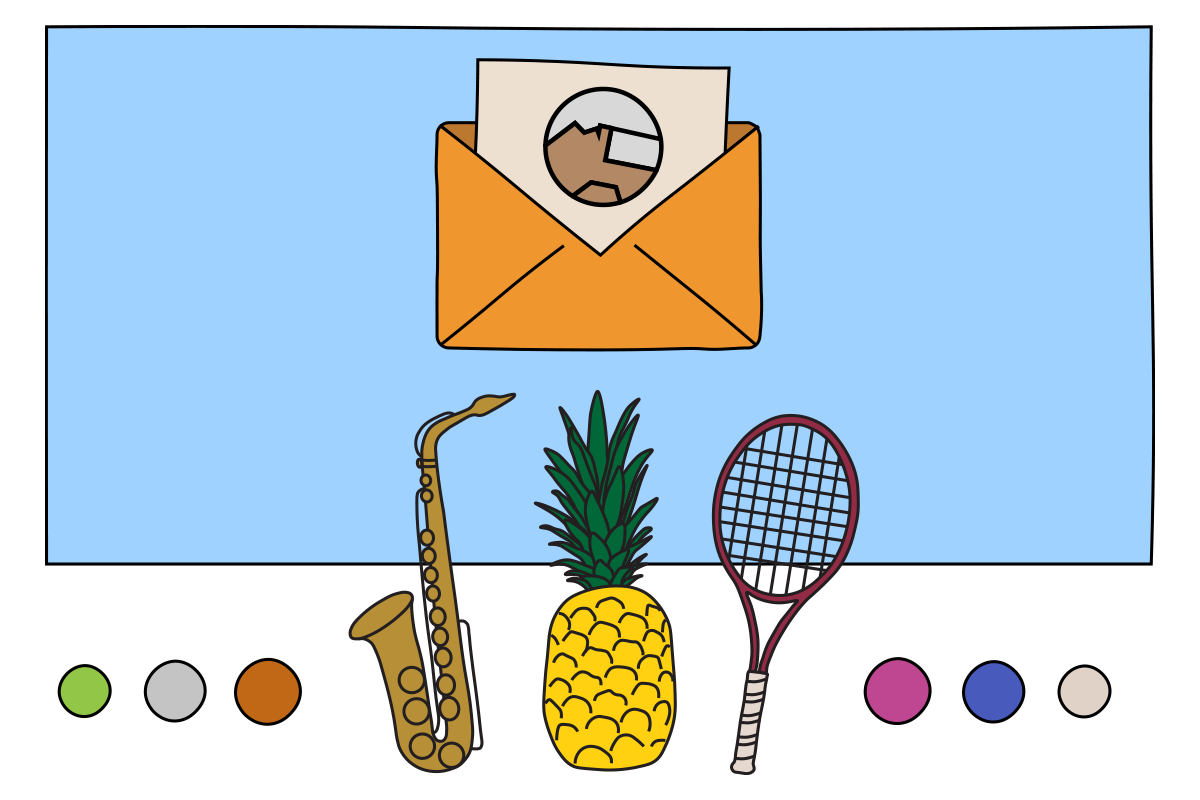Trygve Seim and Frode Haltli share sustained notes and drones on their new album Our Time, which is sometimes redolent of the bal-musette and other times more misty or far-flung like on ‘Arabian Tango’ and ‘Improvisation No. 2 / Shyama Sundara Madena Mohana’. The accordion might sound like a distant train whistle but the mood here is never mechanical, like a phantom steam engine with billowing features that moves as though suspended from its tracks, before wafting up into the air in one thick curlicue of smoke. Sometimes those two sides, vaporous and fanciful, come together to magical effect like through the short puffs and tremolos at the close of ‘Improvisation No. 1 / Fanfare’ where Seim’s soprano saxophone soars to aching heights.
To the glaring unsophisticate like me the opening bars of the aforementioned ‘Arabian Tango’ might have one wistfully recalling faraway places where ‘caravan camels roam’, but the evocation here is both more muted and more intricate. ‘Oy Khodyt’ Son, Kolo Vikon’, a Ukrainian lullaby which was introduced to Seim by the British harpist Ruth Potter, moves with a languorous grace and the lengthy ‘Improvisation No. 2 / Shyama Sundara Madena Mohana’, a bhajan from northern India to which Seim was directed by the sarangi scholar Nicolas Magriel, opens with a motif on the sax which is traced and echoed by Haltli’s accordion, as his fingering of the instrument’s buttons takes on an audibly percussive quality. Through long slides and microtones, this swaying and staggering extemporisation seems to pile up its secrets until the final strained hoot.
Seim and Haltli are coming up to a quarter-century of collaboration, though their only previous album as a duo arrived back in 2008 with the graceful and shimmering Yeraz where beyond the Armenian folk tune of the title piece, they played songs by Ivan Gurdjieff and Bob Marley plus a grab-bag of originals. Our Time was recorded last year at the Himmelfahrtskirche in Munich, and while a rough scan of the term might render the phrase ‘heavenly fart’, which is not unapt as an occasional description of the accordion, in fact the acoustics of the ascension church and the production of the ECM founder Manfred Eicher allowed button clicks and the overtones of the saxophone to be finely rendered.
The third improvisation on Our Time opens with short staccato notes before brandishing one of the darker palettes on the album, with ravishing moments on the tenor, before the ‘Fanfare’ motif makes a burnished and nagging return at the end of the piece. One of the nice things about Our Time is that the record is congruent without appearing to possess an overarching mood or theme, blurring the lines between amorous or companionly, an expedition by rail or a night on the tiles, and yet there is always the twinkle of something familiar or novel around the corner.
The final improvisation once more blends the freeform and the composed, as the expressionist playing of Seim and Haltli segues into an interpretation of the fifth piece from Les cinq doigts by Stravinsky, a piano composition which serves here as the coda. And the closing elegy of Our Time does strike a more forlorn note, though less as a lament for the dead and decomposing and more as a wilful if somewhat shifty, backpedaling retreat as the duo fade through plumes into the aether.





